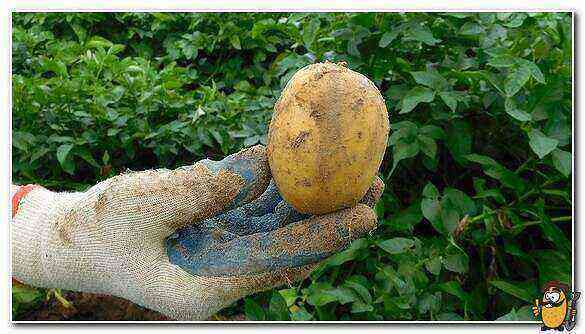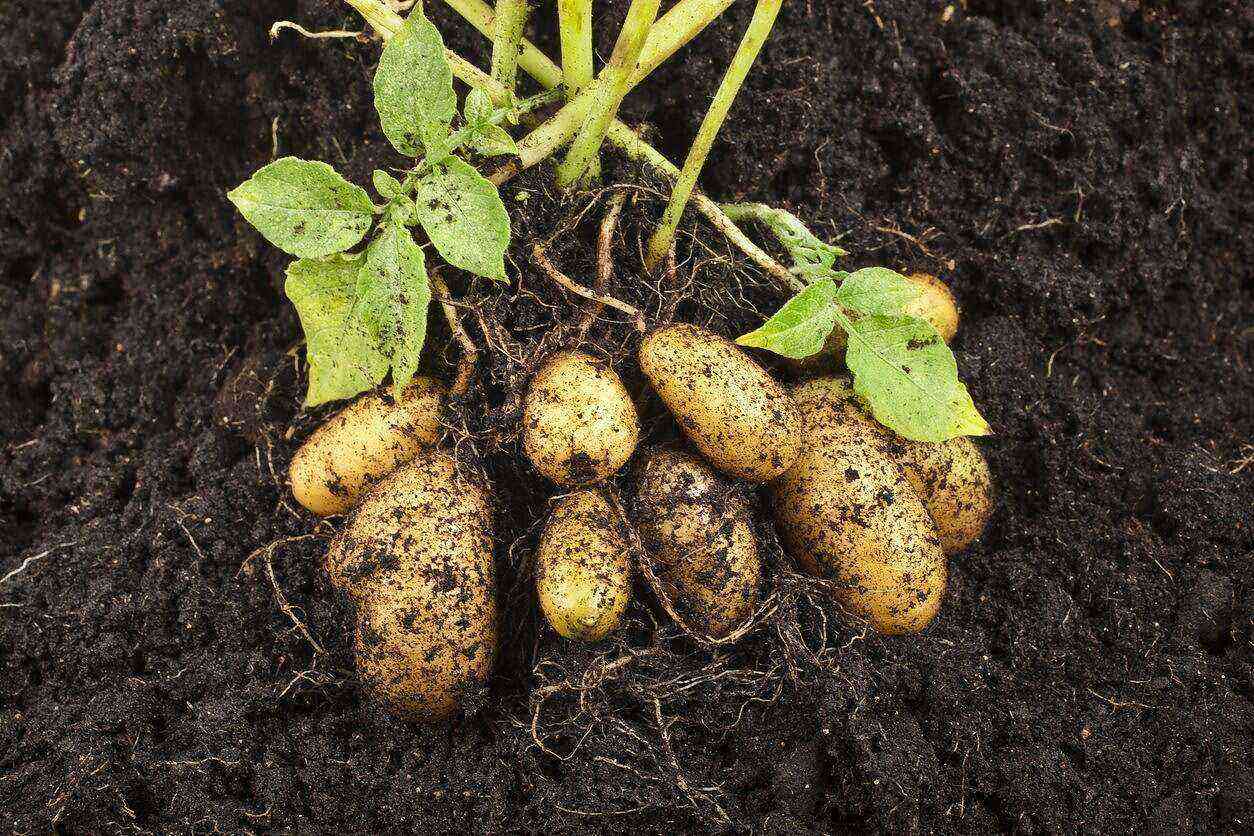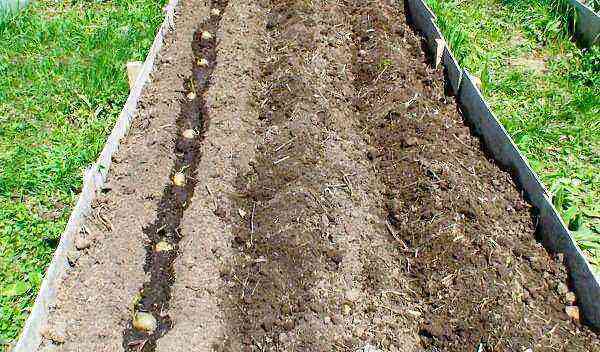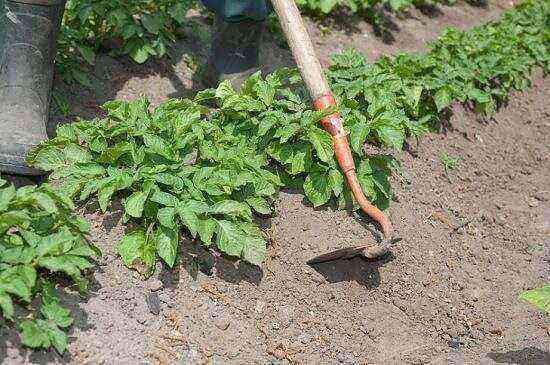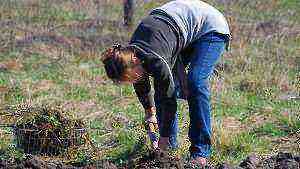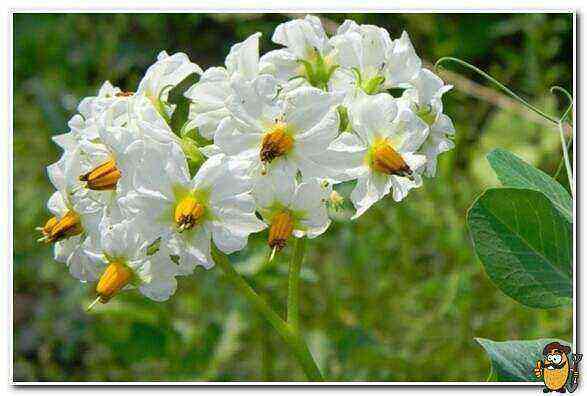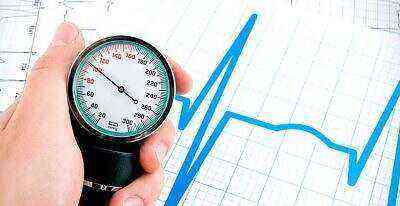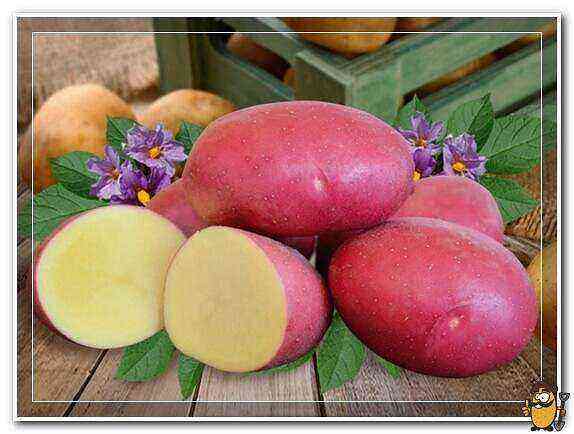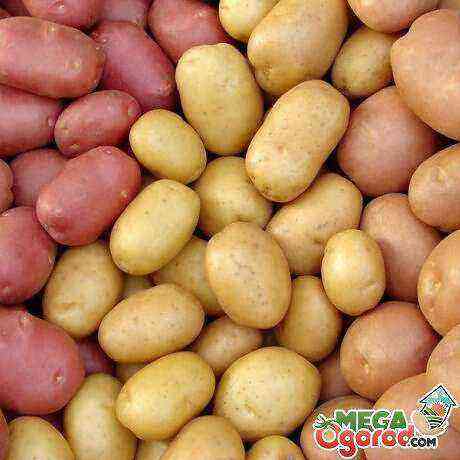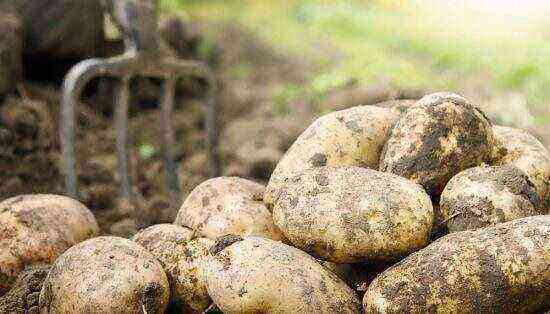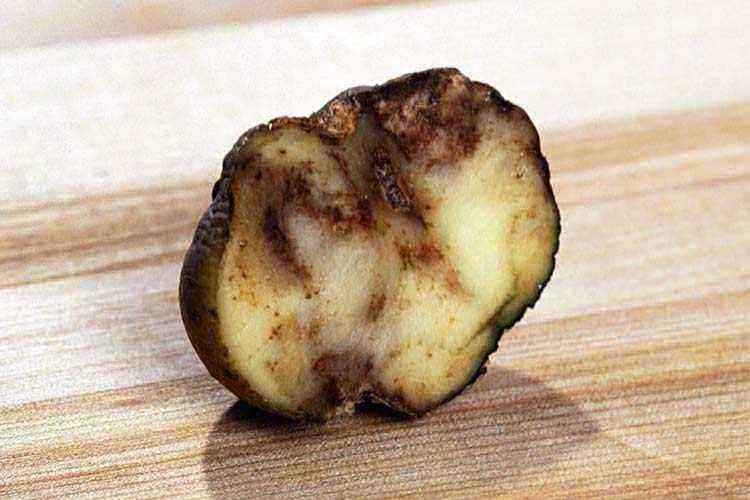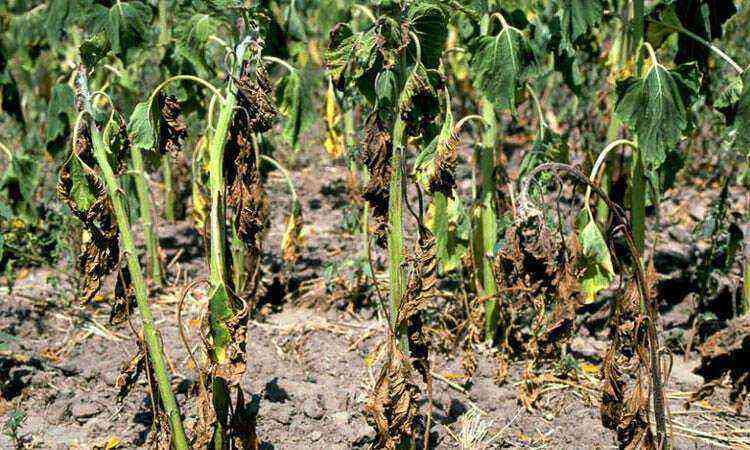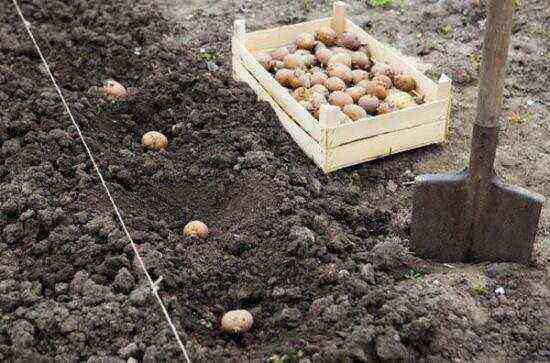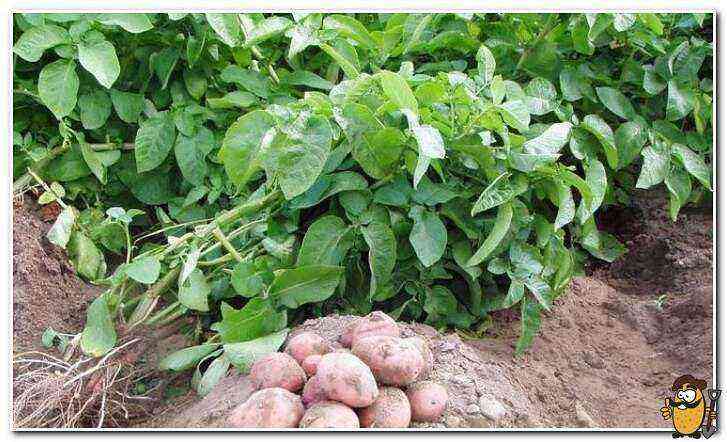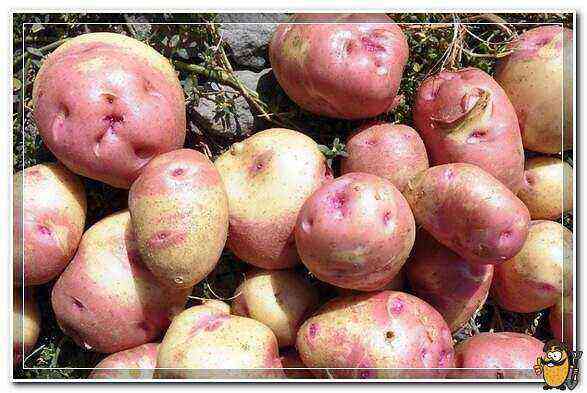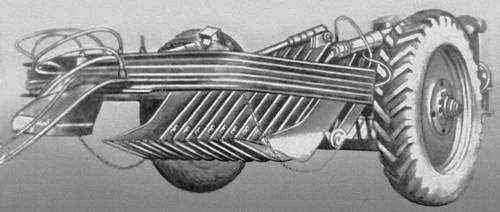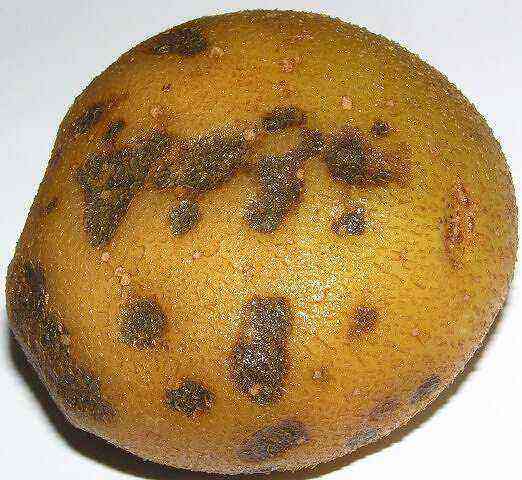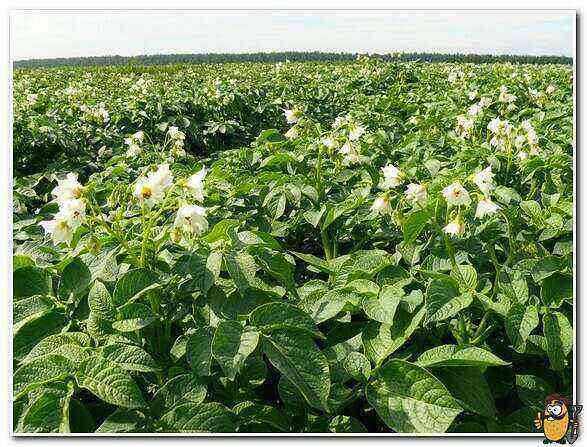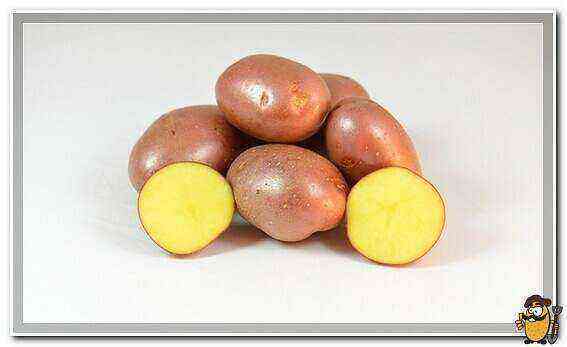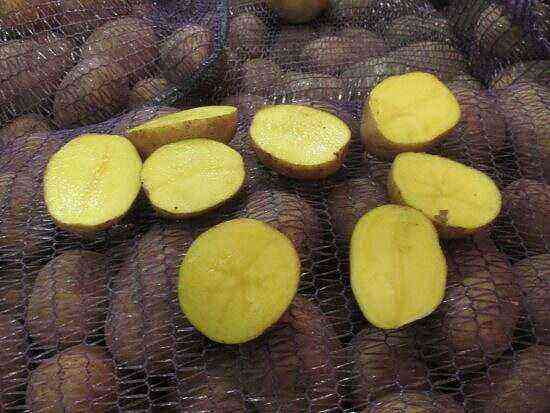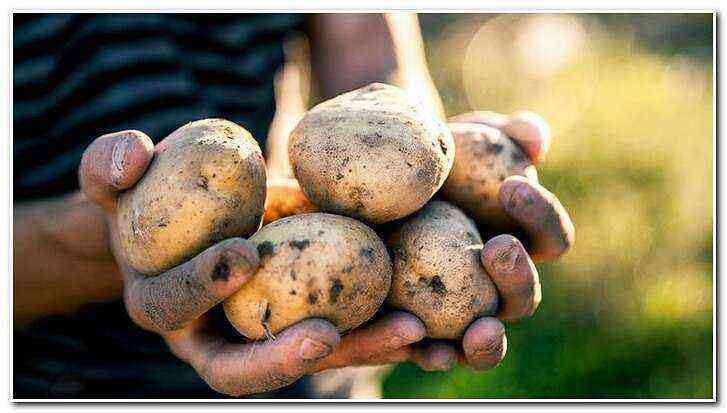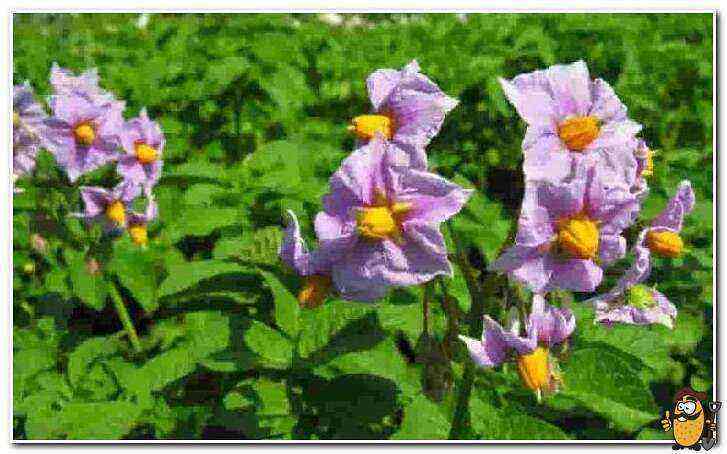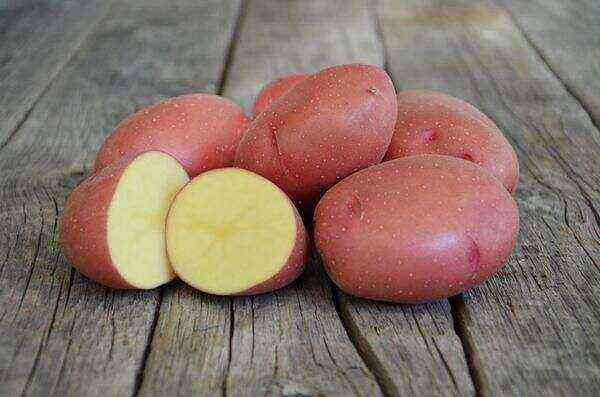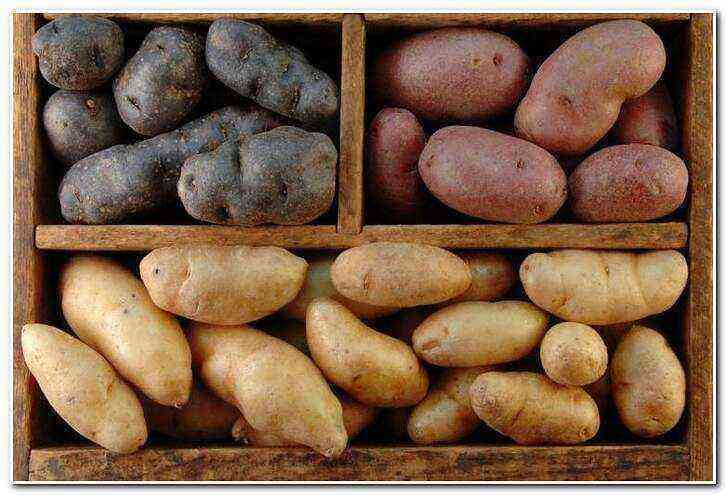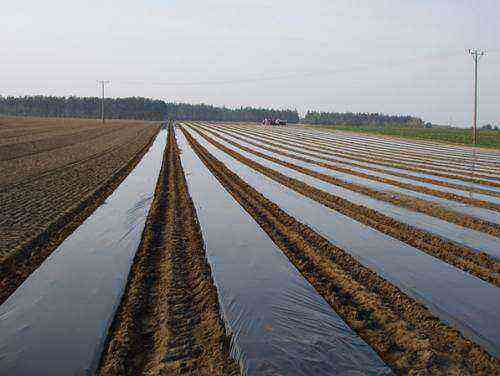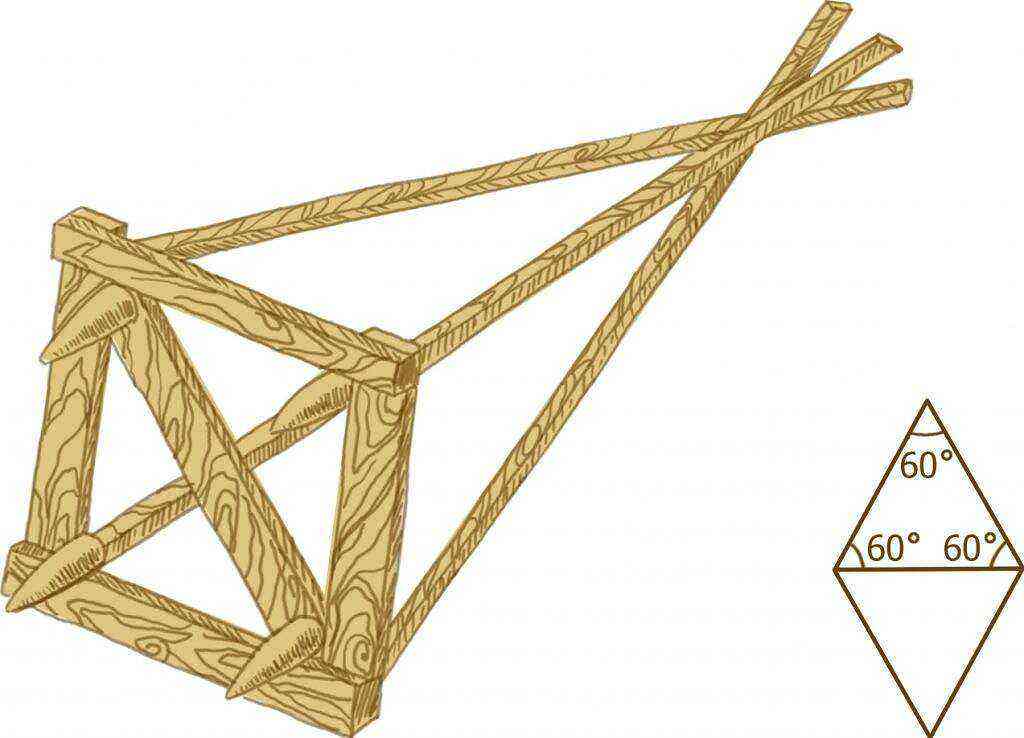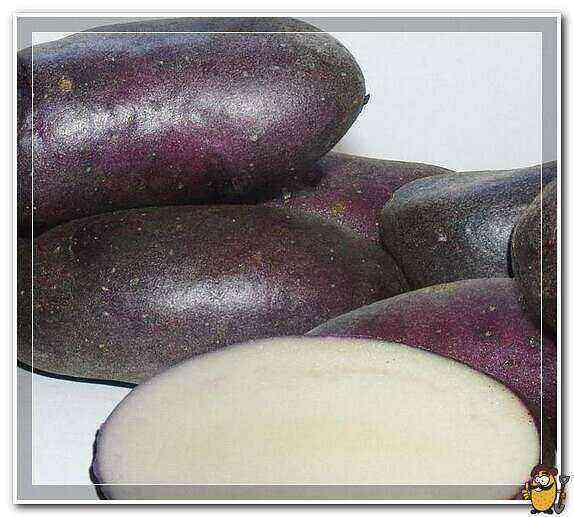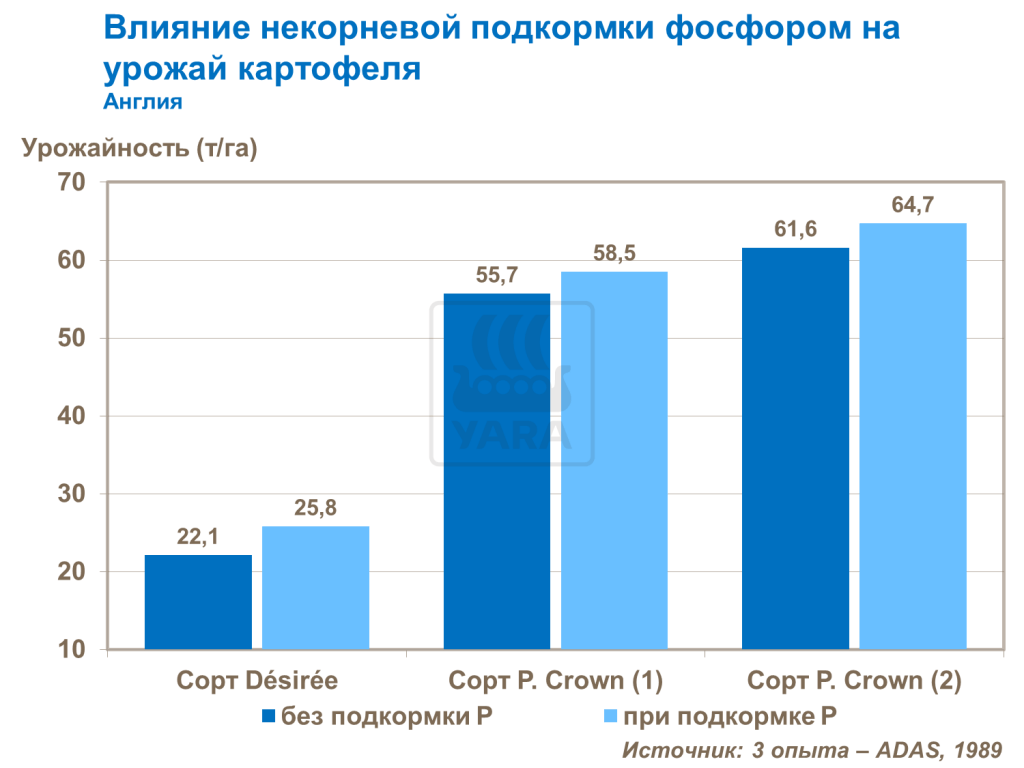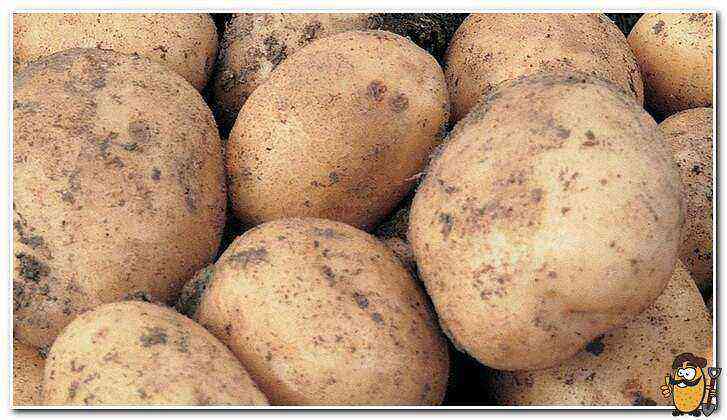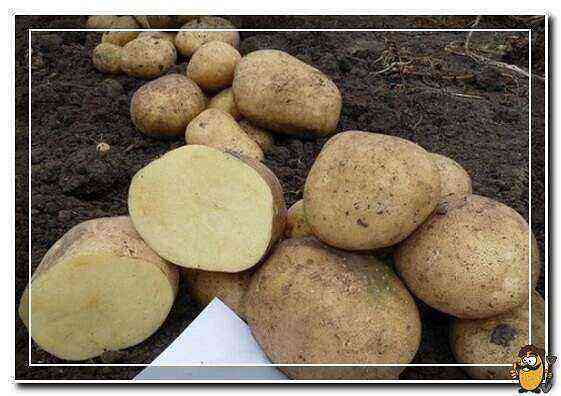An excess of nitrogen is just as bad for potatoes as a deficiency. Bushes “overfed” with this macronutrient are distinguished by powerful, high tops and small tubers. With nitrogen starvation, plants stagnate, the leaves turn yellow prematurely.
Using mineral fertilizers, it is easy to provide potatoes with the necessary nutrients. The most popular nitrogen fertilizers for potatoes are ammonium nitrate and urea (urea).
Nitrate properties
When growing potatoes, three types of saltpeter are used:
- ammonia (ammonium nitrate, nitrogen concentration – from 26 to 34,4%);
- calcium (calcium nitrate, 19% calcium, 15,5% nitrogen);
- sodium (sodium nitrate, 15–16% nitrogen).
Potassium nitrate is ineffective for potatoes: it does not replace either nitrogen or potash fertilizers.
Calcium and sodium nitrates are expensive, they are rarely used and only for feeding during the growing season. Ammonium nitrate is universal: cheap, it is allowed to add it to the soil before or during planting of tubers, to use it for root dressing.
Ammonium nitrate is a white granule that is highly soluble in water. It must be stored in a dry place, since at high humidity the granules stick together into lumps that are difficult to break.
The formula of the ammonium nitrate molecule is NH4NO3. One part of nitrogen forms an ammonia compound, the other is bound with oxygen and is in the nitrate form. When ammonium nitrate is introduced into the soil, the ammonium component dissolves, and the nitrogen contained in the nitrates reacts with the cations contained in the soil moisture. The problem is that there are few cations in podzolic soils. If the acidity of the soil is increased, ammonium nitrate increases it even more. Therefore, ammonium nitrate cannot be used on acidified soils.
In the spring, ammonium nitrate can be applied as early as you like: the heat released by the granules during dissolution melts the snow, and when it melts, the nitrogen fertilizer is absorbed into the soil. But it is best to apply ammonium nitrate before spring plowing or digging up the site. The norm is 1-3 kg per one hundred square meters (depending on the fertility of the soil, on very poor soils – up to 5 kg).
To save fertilizer, it can be added to each well, the rate is 5-10 g (1-2 teaspoons). To prevent saltpeter from burning the tuber, sprinkle it with a thin layer of earth.
Ammonium nitrate causes leaf burns and should not be used for foliar feeding. Root feeding with saltpeter is carried out 3 weeks after germination. A groove is made in the aisles, granules of ammonium nitrate are poured there (5–7 g per linear meter), the soil is leveled and watered. Dutch farmers use calcium or sodium nitrate for root feeding.
Ammonium nitrate is an explosive substance. If used in conjunction with peat, straw or other organic matter, fire is possible. Ammonium nitrate is not compatible with superphosphate, dolomite flour, chalk, lime, potassium carbonate.
Properties of urea (urea)
Urea (carbamide) is an organic substance that is white fine granules (lighter and finer than ammonium nitrate). Fertilizer cannot be stored for a long time, as it loses its beneficial properties. The nitrogen content is 46%. The formula of the carbamide molecule is (NH2) 2CO.
Organics are not assimilated by plants as quickly as mineral fertilizers: the action of urea begins 7 days after application. But when dissolved, urea is washed out of the soil very slowly, and is retained in the upper layer.
The composition of urea in small amounts includes biuret toxin, which quickly decomposes in the soil, therefore, urea is introduced at least 2 weeks before planting. Fertilizer does not affect the acidity of the soil and does not burn the tops.
If the urea granules lie on the surface of the soil, the nitrogen will quickly evaporate. Urea must be sealed to a depth of 4 cm or more immediately after application. The rate of application to the soil is 1,3–2 kg per one hundred square meters.
If, for the sake of economy, fertilizer is applied directly to the wells, it is pre-mixed with ash or potash fertilizers. One well requires 3-5 g of urea.
The first feeding is carried out 3 weeks after germination. Options for top dressing with urea for potatoes:
- root top dressing: the fertilizer is poured into the grooves in the aisles, the soil surface is leveled and watered. Consumption rate – 5-7 g per running meter (1 teaspoon);
- root dressing: 15–20 g of carbamide (heaped tablespoon) is dissolved in 10 liters of water. Potatoes are watered with plain water, and then 0,5 liters of fertilizer solution is poured under each bush;
- foliar feeding: 15–20 g of carbamide is dissolved in 10 l of water and the plants are sprayed (in the morning or in the evening). Potato leaves quickly absorb fertilizer. Such dressings can be carried out once every 2 weeks until the beginning of flowering.
When carrying out fertilizing with urea for potatoes, pesticides cannot be applied at the same time. In the greenhouse, urea can only be used for fertilizing; it cannot be applied to the soil before planting. Urea (in combination with superphosphate or potassium chloride) is allowed to fertilize the site in the fall. In this case, add up to 2 kg of urea per hundred square meters.
Differences between urea and ammonium nitrate
Property Ammonium nitrate Urea Nitrogen content 26 – 34,4% 46% For what soils it is used Not suitable for acidic For all Digestibility Fast Begins to be absorbed after 7 days When can be applied before planting in open ground At any time, even in frozen soil, but desirable before plowing, when the soil is moist Only in warm soil, but at least 2 weeks before planting, immediately after application, it must be repaired.Application to the holes Be sure to separate from the tuber with a thin layer of soil Mix with ash Use in greenhouses Before and during planting, for root feeding For root and foliar dressing during the growing season Effect on the tops Burns Well absorbed by the leaves Carrying out dressings One, root Root and foliar Application in the soil in autumn No Yes Incompatibility with other substances Does not combine with potassium carbonate, dolomite flour, chalk, lime, superphosphate Not compatible with pesticides Explosion hazard Explosive, may burn on contact with straw or peat Xia. Not
Do not mix urea and ammonium nitrate. If the first root dressing was carried out with nitrate, it is allowed to use urea for subsequent irrigation and foliar dressing.
